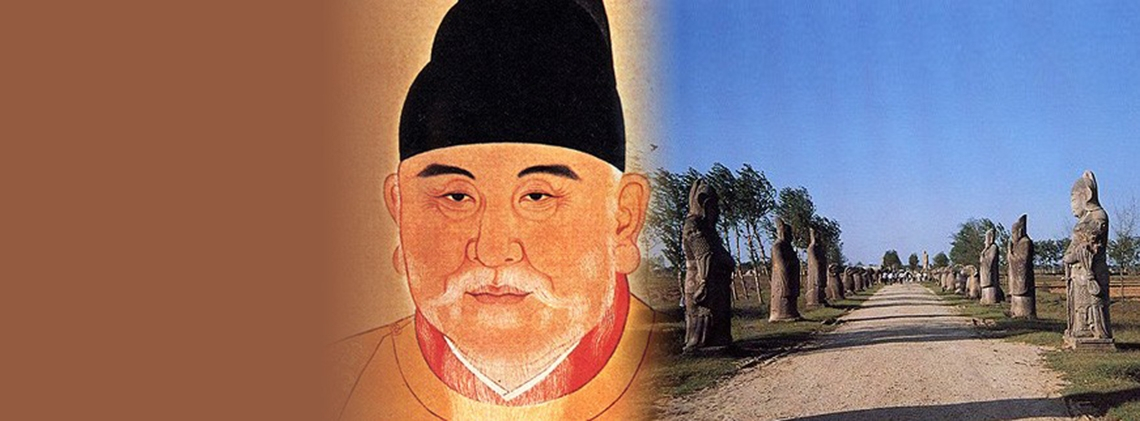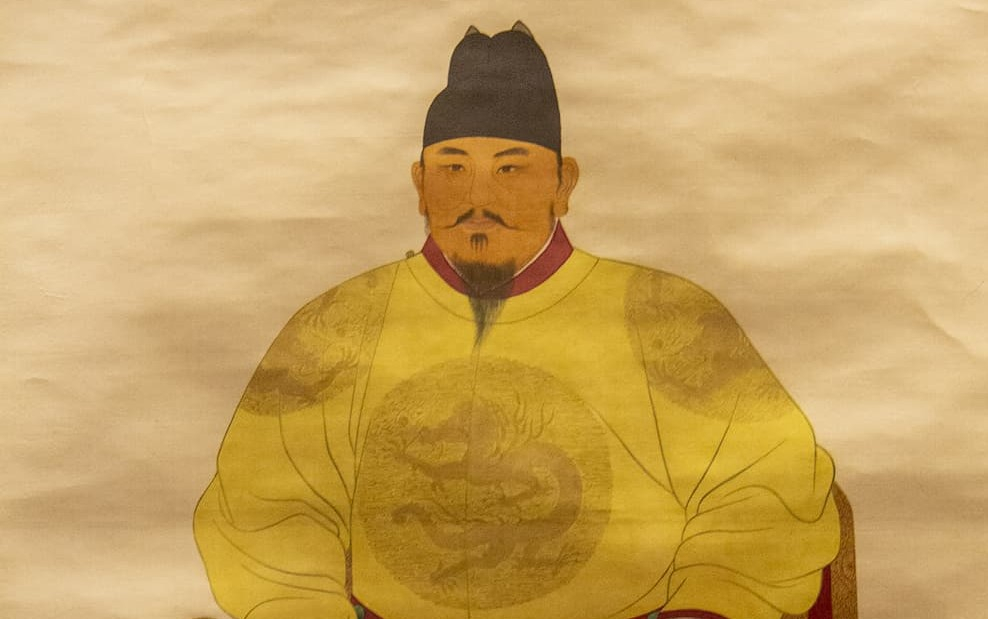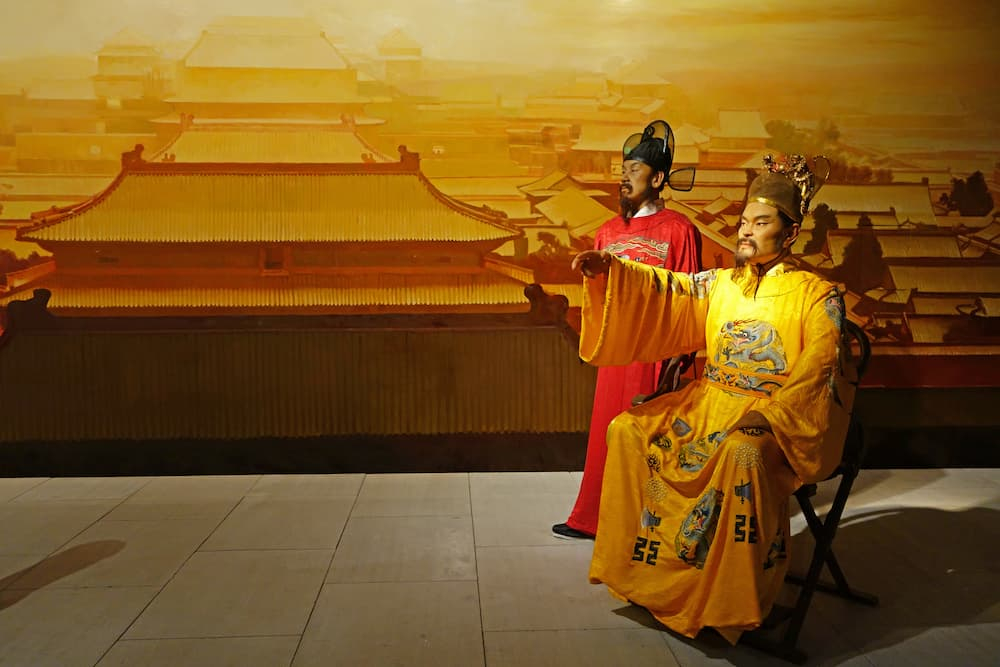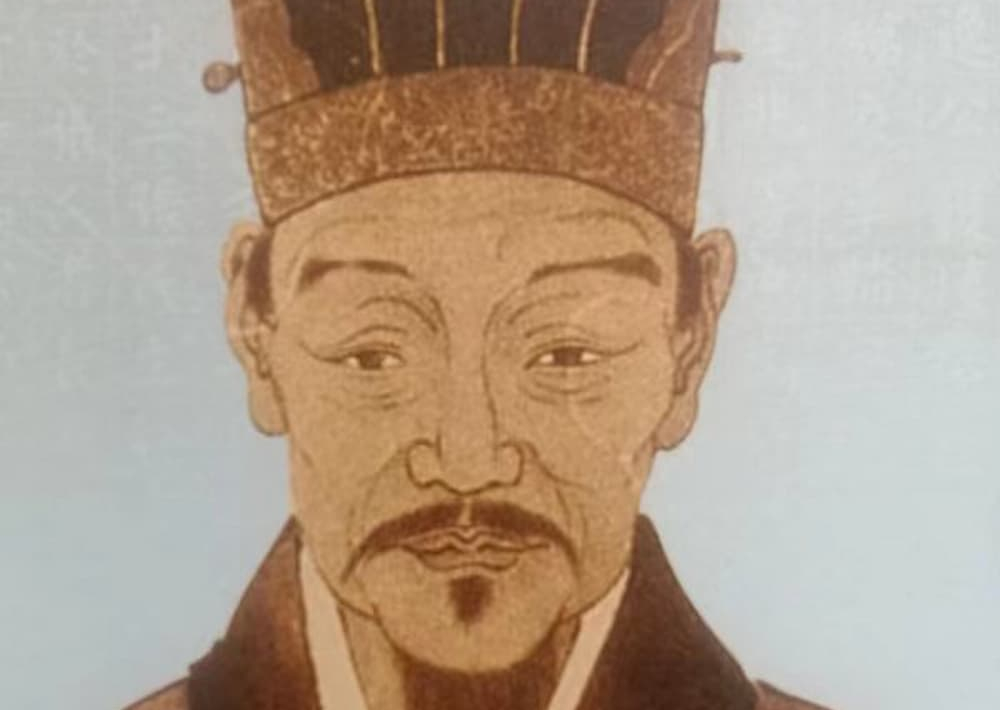
Imperial Tombs of Ming and Qing Dynasties
Splendid
Chi Culture
Topic
Imperial Tombs of Ming and Qing Dynasties
The imperial tombs of the Ming (1368–1644) and Qing (1644–1911) dynasties include the Xiaoling (ling literally means “tomb-mound”), the Thirteen Mausoleums, and the Xianling (all from the Ming dynasty); the Dongling and Xiling (Eastern and Western Mausoleums), and the Four Mausoleums outside the Great Wall (all from the Qing dynasty). The scale of the Ming imperial tombs is grand, and the layout is compact. Compared with the mausoleums of previous dynasties, the structure and relics of the Ming and Qing dynasty tombs are relatively well preserved. This is primarily because the Manchus, after they entered the Central Plain and established their regime, adopted policies of conciliation (or placation) that included protection of the Ming imperial tombs; thus, the Ming imperial tombs did not suffer any major damage during the entire Qing period. The Eastern and Western Mausoleums of the Qing dynasty and the Xianling of the Ming dynasty were inscribed on UNESCO’s World Heritage List in 2000.
Emperor Taizu, Zhu Yuanzhang (1328–1398, r. 1368–1398), the founder of the Ming dynasty, was buried in the eastern suburbs of Nanjing city, in what is known as Xiaoling. He was succeeded by his grandson Zhu Yunwen (r. 1398–1402), known as Emperor Hui of the Ming. The fourth son of Zhu Yuanzhang, Zhu Di (1360–1424), Prince of Yan, initiated the “Campaign to Restore Order” and usurped the throne from his nephew, Emperor Hui, and conquered Nanjing, where he had himself installed as emperor. The body of Emperor Hui was not found and for this reason, he does not have an imperial tomb. Zhu Di selected Changping, in the western suburbs of Beijing, as the site for his mausoleum. It took eight years to complete the construction of his tomb—Changling. The imperial successors, except for Emperor Dai who was buried at Jinshan in the western suburbs of Beijing, all had their mausoleums built on the left or the right side of Changling. It is the main imperial tomb site of the Ming dynasty, and the tombs here are collectively known as the Thirteen Mausoleums.
The Thirteen Mausoleums of the Ming dynasty refer to the Changling of Emperor Chengzu (Zhu Di, r. 1402–1424), the Xianling of Emperor Renzong (Zhu Gaozhi, r. 1424–1425), the Jingling of Emperor Xuanzong (Zhu Zhanji, r. 1425–1435), the Yuling of Emperor Yingzong (Zhu Qizhen, r. 1435–1464), the Maoling of Emperor Xianzong (Zhu Jianshen, r. 1464–1487), the Tailing of Emperor Xiaozong (Zhu Youcheng, r. 1487–1505), the Kangling of Emperor Wuzong (Zhu Houzhao, r. 1505–1521), the Yongling of Emperor Shizong (Zhu Houcong, r. 1521–1567), the Zhaoling of Emperor Muzong (Zhu Zaihou, r. 1567–1572), the Dingling of Emperor Shenzong (Zhu Yijun, r. 1572–1620), the Qingling of Emperor Guangzong (Zhu Changluo, r. 1620), the Deling of Emperor Xizong (Zhu Youxiao, r. 1620–1627), and the Siling of Emperor Sizong (Zhu Youjian, r. 1627–1644).
In addition, the eleventh emperor, Zhu Houcong (Emperor Shizong, reign title Jiajing), succeeded to the throne because his predecessor Emperor Wuzong had no sons. After he ascended the throne, he posthumously honored his father, Prince Xingxian, Zhu Youyuan, with the temple name of Emperor Ruizong, and a posthumous name of Emperor Xiandi. He initiated large-scale renovation of his father’s tomb located at Anlu super prefecture in Hu-Guang (modern Zhongxiang, Hubei), and changed the name of the tomb to Xianling. The building scale and the sacrificial system were pretty much the same as those of other Ming emperors.
The Thirteen Tombs are situated at a branch of the Tianshou and Yanshan mountain ranges, in the northwestern suburbs of Beijing. The mountains form a ring from west to east, and are magnificent, grand, and imposing. The entire area covers forty square meters, and took more than two hundred years to construct. It was carefully planned; the winding spirit path (shendao) beginning at the stone archway extends for nearly 20 li; the buildings and decorations along either side are numerous but in good order. A north-south passage which manifests the emperors’ “dignity” is 7-kilometers long. It sits along the axis of the tomb. A tall stone archway is situated in front of the main gate. After passing through the stone archway, one encounters the Great Palace Gate, the overall gateway to the mausoleums. When making sacrificial offerings to his predecessors, the emperor and his entourage had to go through this passage. There are steles on both sides of the passage inscribed with the command “Officials and others dismount here.” The Great Palace Gate is situated between two mountains—Mangshan is to the east, and Huyu Mountain is to the west; the two mountains are poetically referred to thus: “The Green Dragon is on the left side, and the White Tiger is on the right side.”
Before the Manchus entered the Shanhai Pass, the imperial tombs were called the Four Mausoleums outside the Great Wall and consisted of the Yongling, Fuling, Zhaoling and Dongjing mausoleums. The architectural sty le of these four mausoleums is different from that of the Eastern and Western Mausoleums, which were built right after the Manchus had established their regime in the Central Plain region. The decrees, regulations, laws, and institutions of the newly established Qing court were still at a preliminary stage. The scale of the Four Mausoleums was not as grand as those of the Ming mausoleums, and the Eastern and Western Mausoleums that were constructed after the Qing regime was well established. However, their architectural art has immeasurable value.
The Qing dynasty Eastern Mausoleums are situated at Changrui Mountain in the Malan Valley in the northwest of Zunhua county, Hebei province, 125 kilometers from Beijing. It is the largest of the three mausoleum complexes built during the Qing dynasty. The complex includes five mausoleums: the Xiaoling of Emperor Shizu (reign title Shunzhi, r. 1644–1661), the Jingling of Emperor Shengzu (reign title Kangxi, r. 1662–1722), the Yuling of Emperor Gaozong (reign title Qianlong, r. 1736–1796), the Dingling of Emperor Wenzong (reign title Xianfeng, r. 1851–1861), and the Huiling of Emperor Muzong (reign title Tongzhi, r. 1862–1875). Dongling, built for the Empress Dowager Cixi (1835–1908), in Putuo Valley is also here. The Qing Western Mausoleums are situated in Yi county, Hebei province, 130 kilometers from Beijing. Treating Beijing as the center, the Eastern and the Western Mausoleums are equally distant from the capital. The Western complex includes four mausoleums: the Tailing of Emperor Shizong (reign title Yongzheng, r. 1723–1735), the Changling of Emperor Renzong (reign title Jiaqing, r. 1796–1820), the Muling of Emperor Xuanzong (reign title Daoguang, r. 1821–1850), and the Chongling of Emperor Dezong (reign title Guangxu, r. 1875–1980).







